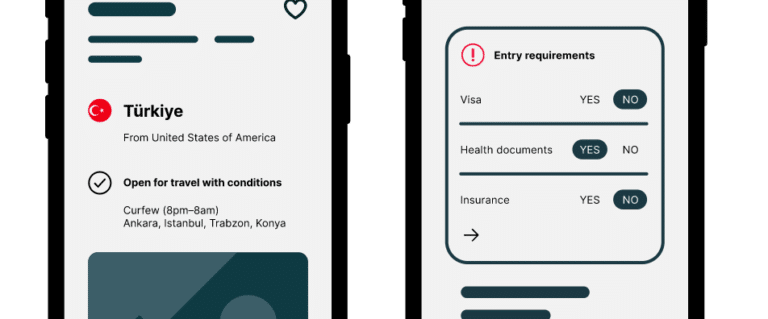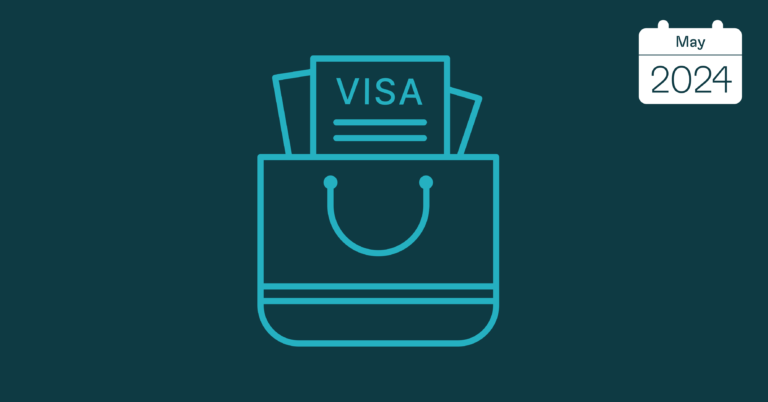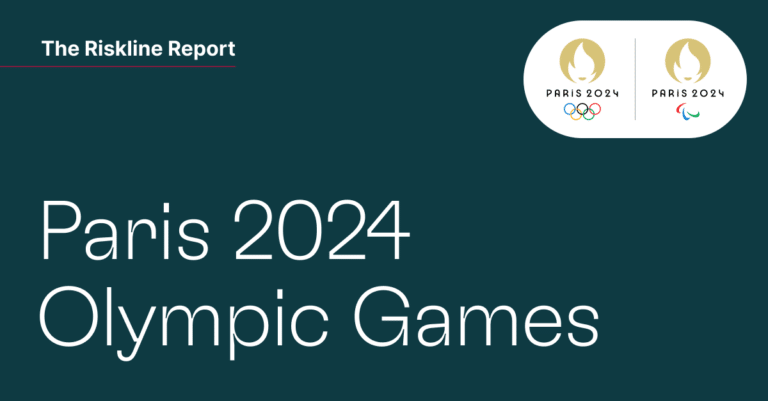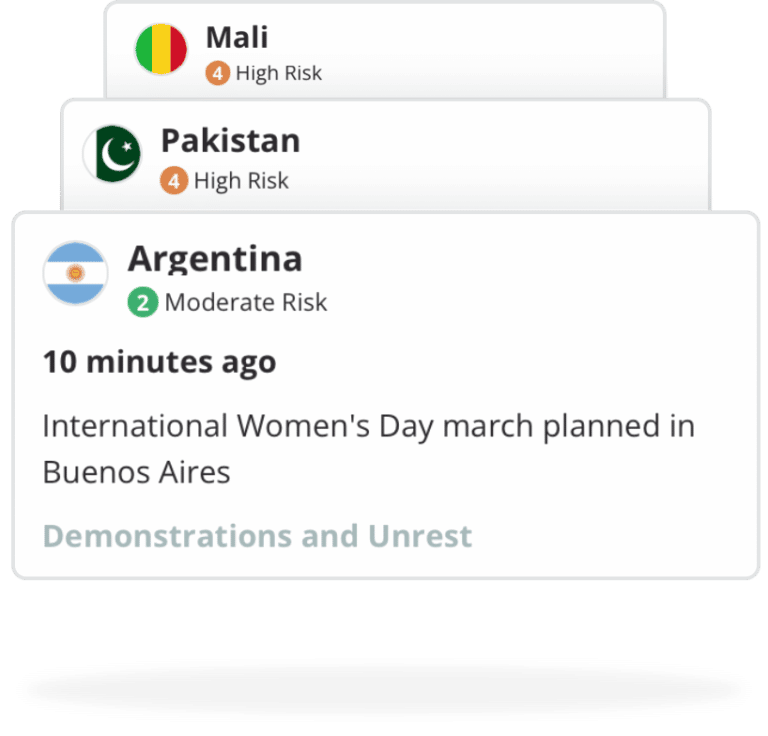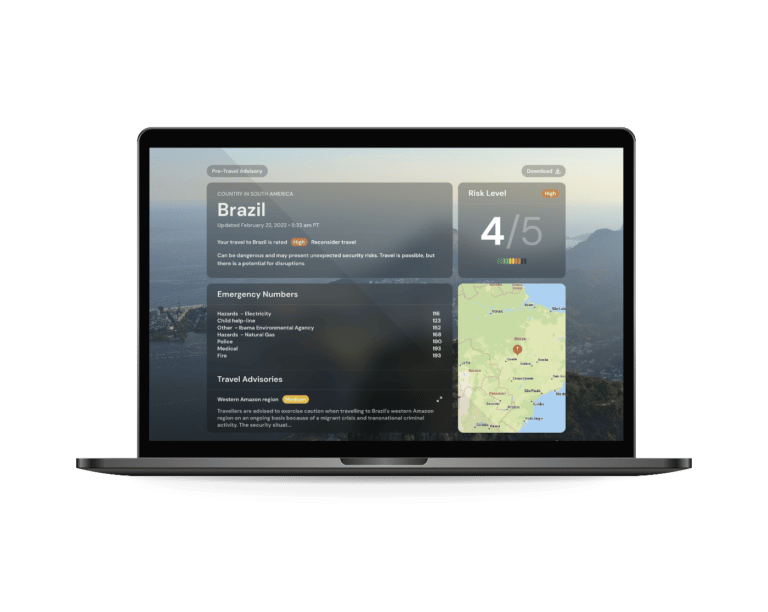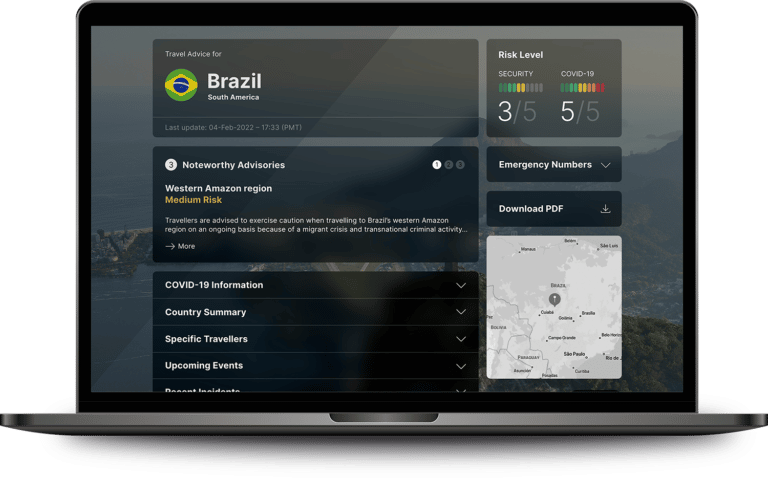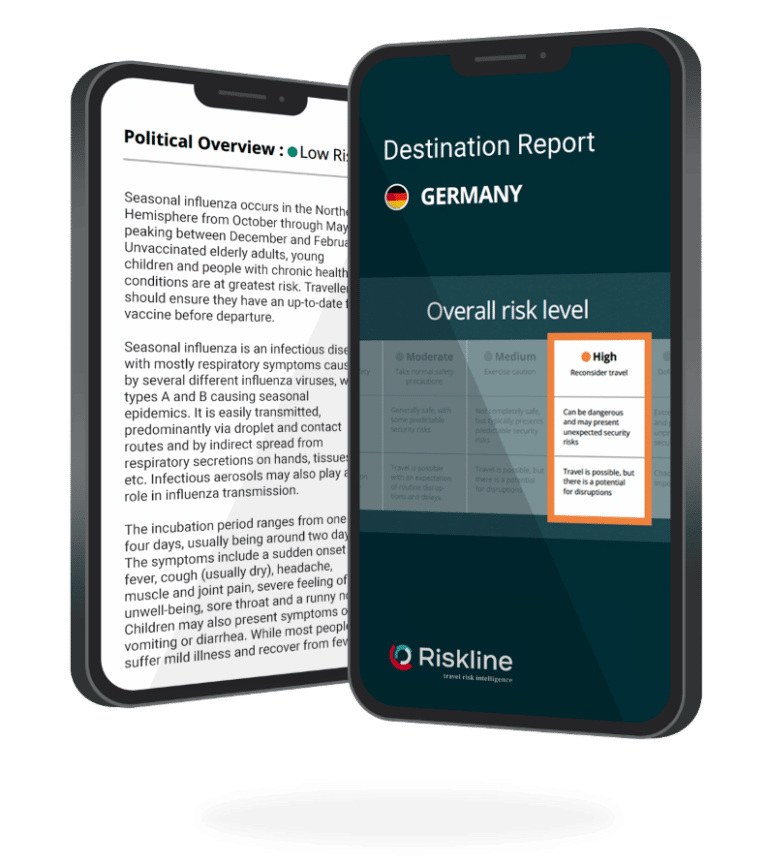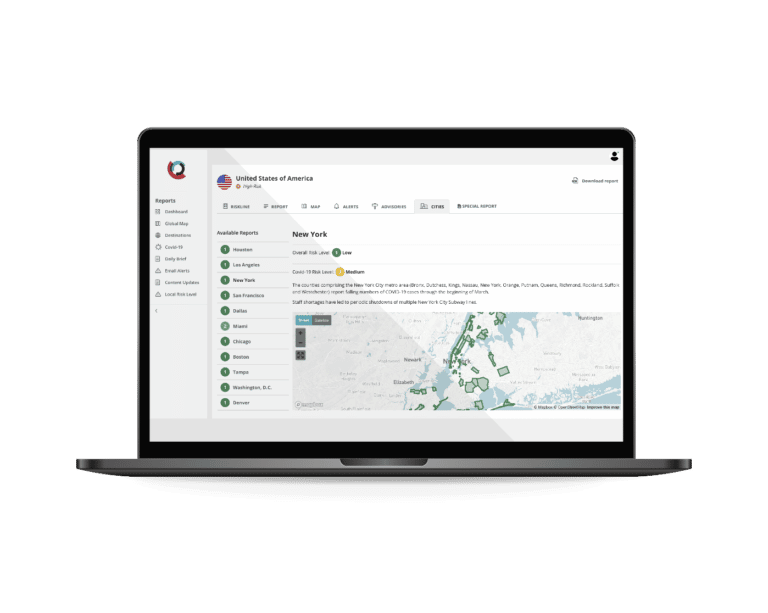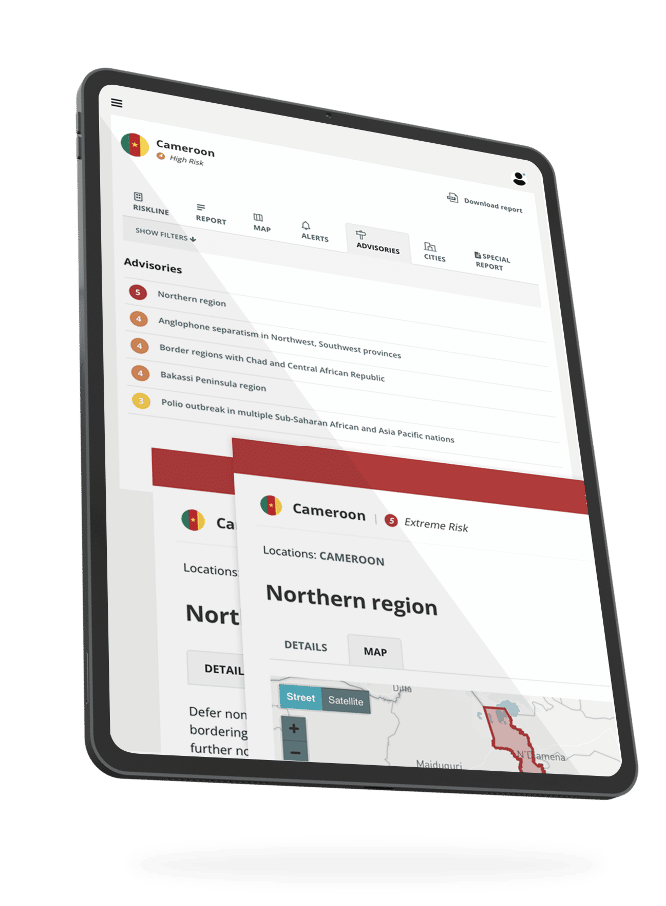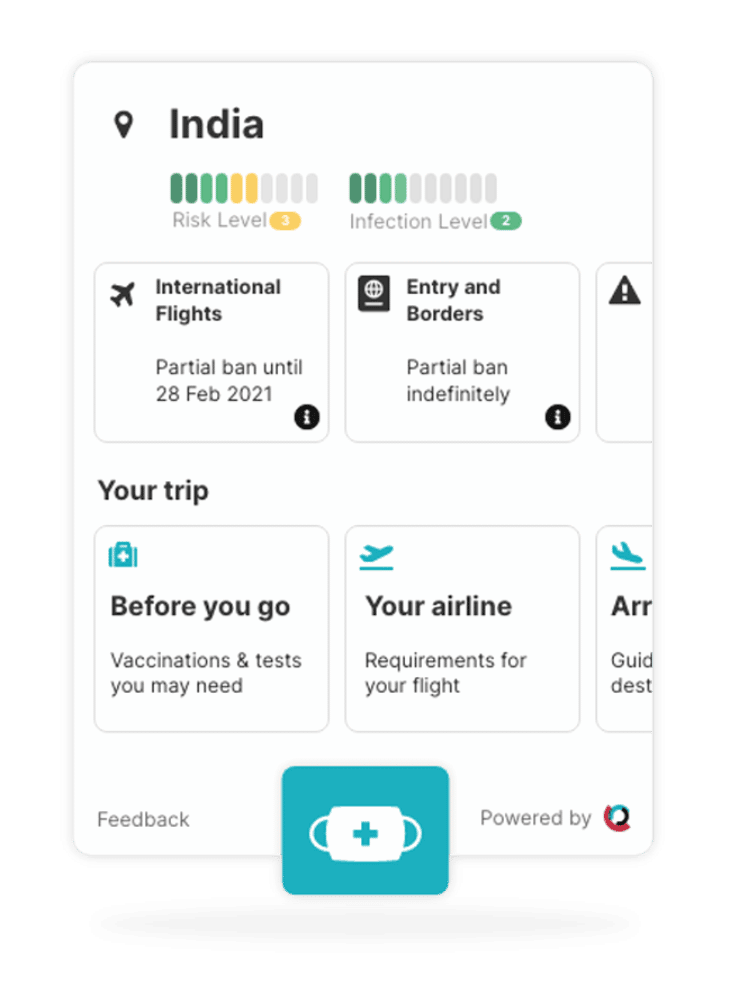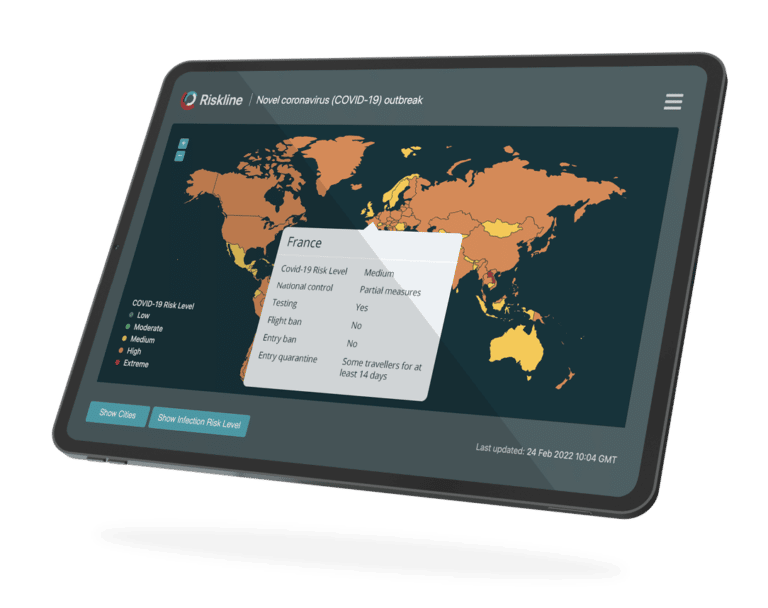When the “Arab Spring” protests first began in 2011 in the Middle East, they also spread to Sudan, where anti-austerity demonstrations continued into 2013 before finally petering out in the face of government repression in which several hundred people were killed and thousands more detained. Now in 2019, widespread anti-government protests have again returned to Sudan. But while this sort of popular unrest poses a greater threat to President Omar al-Bashir’s regime than any of the ongoing low-level insurgencies in Darfur, Kordofan and Blue Nile, few cracks have appeared in the ruling coalition, and are not likely to.
Large anti-government protests earlier took place in Sudanese cities at the start of 2018, largely driven by resentment of the government’s anti-austerity campaign and failure of the state to effectively manage agricultural resources and essential urban quality of life needs such as access to fuel, medicine and cash savings. An influx of jobless rural denizens into the cities has stirred up the situation further; in Darfur, it has even prompted an exodus of contract soldiers to go to Yemen and fight for the Saudi Arabia-led coalition against al-Houthi rebels. As the economic situation has continued to falter despite an easing of United States (US) sanctions and the infusion of aid from other Arab states, popular anger has increased. Smaller protests, and goods shortages, again picked up through the late summer and fall. Then on 19 December 2018, widespread unrest broke out in the industrial centre of Atbara, where hundreds of protesters burned government buildings, including the headquarters of the ruling National Congress Party (NCP). Similar protests erupted in Kosti, Dongola, Karima and El-Gadarif, spreading quickly across the entire country. These rallies are now near-daily events in larger urban areas such as Port Sudan, Kassala, Nyala, Wad Madani, El-Fasher, El-Obeid and the Khartoum-Omdurman-Bahri-East Nile capital agglomeration. At least 60 people have been killed in the unrest and internet access has been disrupted nationwide, though to little avail as protests continue daily in response to local circumstances – especially for funerals of demonstrators – and virtual workarounds to call forth members of the public. The mass deployment of security personnel has also become commonplace, straining resources and what already-little toleration there is for any form of large public gathering.
One of most significant development in the protests has been the take-charge attitude of the country’s professional associations, whose activities to organise strikes and protests are far more visible than the opposition parties’ efforts. Their role is not unlike that of their counterparts in neighbouring Egypt before and during the 2011-2013 unrest there, where the government sought to neuter these bodies and opposition parties sought to appeal to them to agitate for change. Unionised doctors and pharmacists, as well as teachers, have repeatedly gone on strike since the protests began. Another significant development is that while the protests are not well-coordinated at the national level, they are happening both in remote towns and major cities alike. One of the most surprising outcomes of this has been the strong reaction against efforts by President al-Bashir to demonise Darfurese as agitators in this unrest; the bitter divisions exacerbated by the long-running civil war and genocide in Darfur are by no means healed, but few people appear to have fallen for such a transparent divide-and-rule play.
However, President al-Bashir, who has ruled the country since 1989, is far less of an international pariah today than he was in 2011-2013. There is no global pressure campaign aimed at forcing him to the negotiating table with the domestic opposition. In South Sudan, he is seen as the guarantor of the fragile peace between the two nations after their bitter and violent separation, a position shared by the wider East African economic community, whose members jostle to court him as needed in their own regional rivalries. Egypt also has no desire for a changing of the guard in Khartoum as the status quo is acceptable. And this is true as well for Saudi Arabia and the United Arab Emirates for different reasons, but to the same outcome. President al-Bashir is in good standing with the Gulf monarchies due to his decision to dump Iran as an ally and intervene in Yemen. This does not make him indispensable, of course. So long as these nations receive the necessary security guarantees, it does not especially matter what single man sits in the Presidential Palace – for now, though, no other such man exists; the now 75-year-old president even feels secure enough in his rule to leave the country during ongoing unrest to plead his case to his allies for further economic assistance. Most importantly, the military, police and feared National Intelligence and Security Service (NISS) all remain united behind him as they benefit from the corruption and economic inequalities that have driven popular resentment. With their support secure, the government has not felt pressed to seriously organise a counter-protest campaign; only a few such rallies have been held to this end.
Further price hikes for essential goods and the failure of the state to provide basic services or a fair electoral process mean that the protests will not end anytime soon, even if a massive government crackdown again forces the protesters to retreat from the streets, as was the case in 2013. They will simply return in force later, as they have done so again and again. Until rampant corruption is reduced and economic and political reforms are enacted, unrest will continue to flare periodically.


